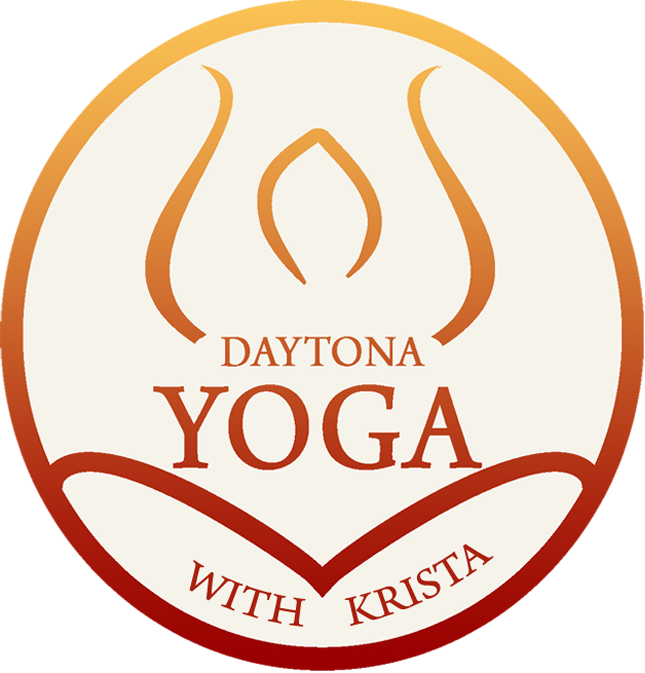Do you know the difference between Child's Pose (Balasana) and Puppy Stretch (Anahatasana)? Though they may look similar and are often interchanged, they are two completely different postures with distinct purposes! Knowing the difference allows you to be truly intentional about your practice.
Today's Mindful Monday tip will help you learn how to use each pose effectively.
Child's Pose (Balasana): The Resting Posture
Child's Pose is a resting pose. It’s meant for deep relaxation, catching your breath, and regrouping whenever you need a pause during your practice.
How to Practice:
You sit your hips all the way back to your heels.
Bring your forehead to the mat.
Sweep your arms back by your feet, palms facing up, letting your body completely relax and surrender to the floor.
In Child’s Pose, the focus is internal, quiet, and restorative.
Puppy Stretch (Anahatasana): The Lengthening Posture
Puppy Stretch is an energizing stretch and a preparation for Downward Facing Dog. Here, your primary intention is to lengthen and open the spine and shoulders.
How to Practice:
Your hips stay slightly lifted (above your knees, not sitting back to your heels).
You stretch your hands out long, reaching the arms forward.
The goal is to create a long, energetic line from your tailbone all the way through your neck.
Your chest softens toward the floor to open the shoulders.
In Puppy Stretch, the focus is on active lengthening and creating energy in the body.
The Key Difference
Child's Pose is restful and relaxing. (Hips back, arms sweep back)
Puppy Stretch is energizing and lengthening. (Hips up, arms stretch forward)


